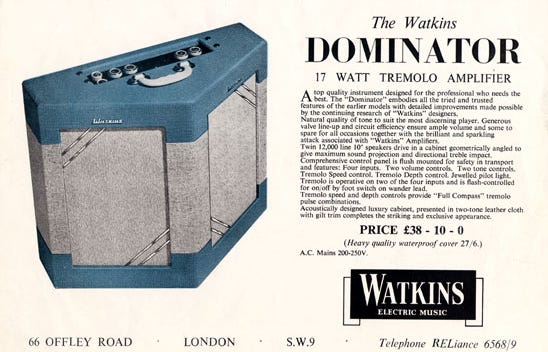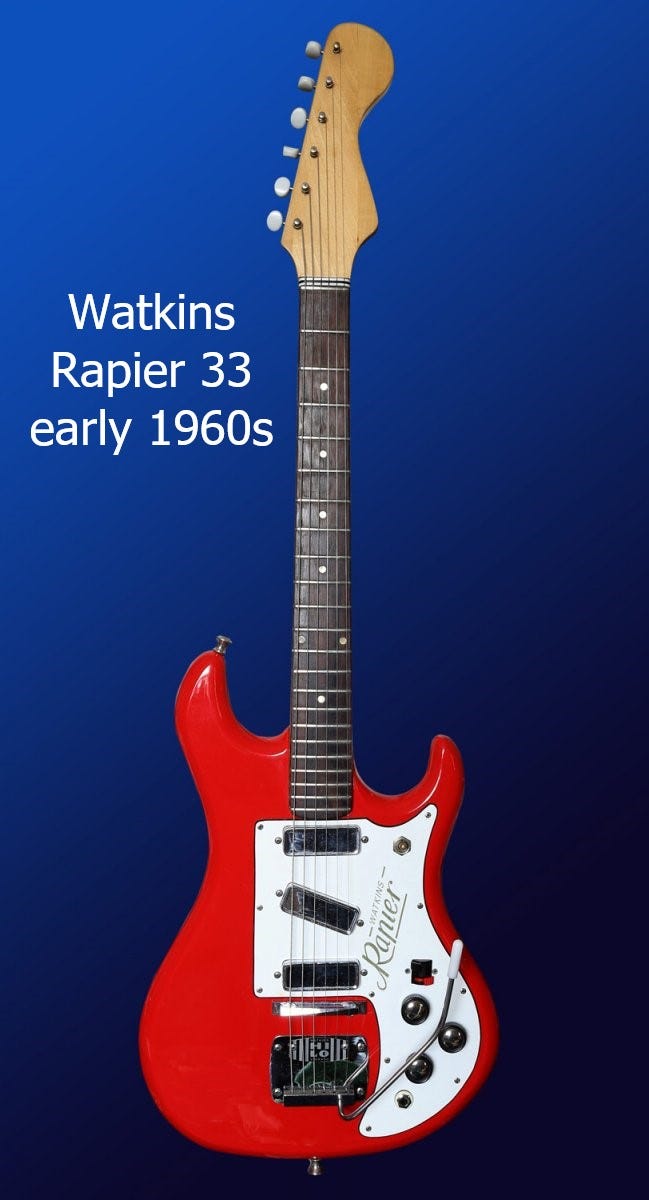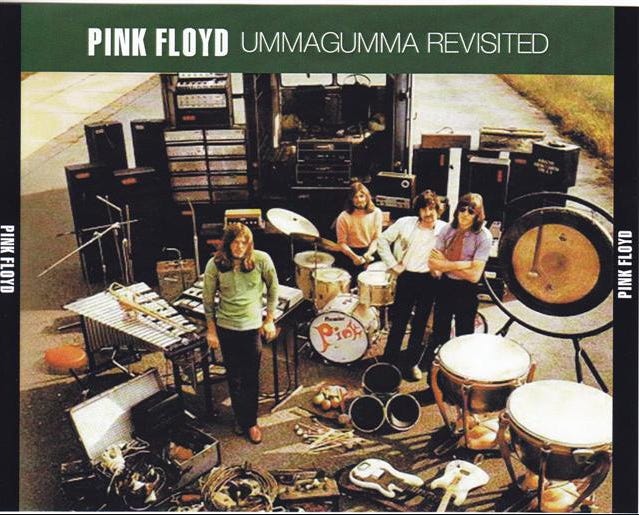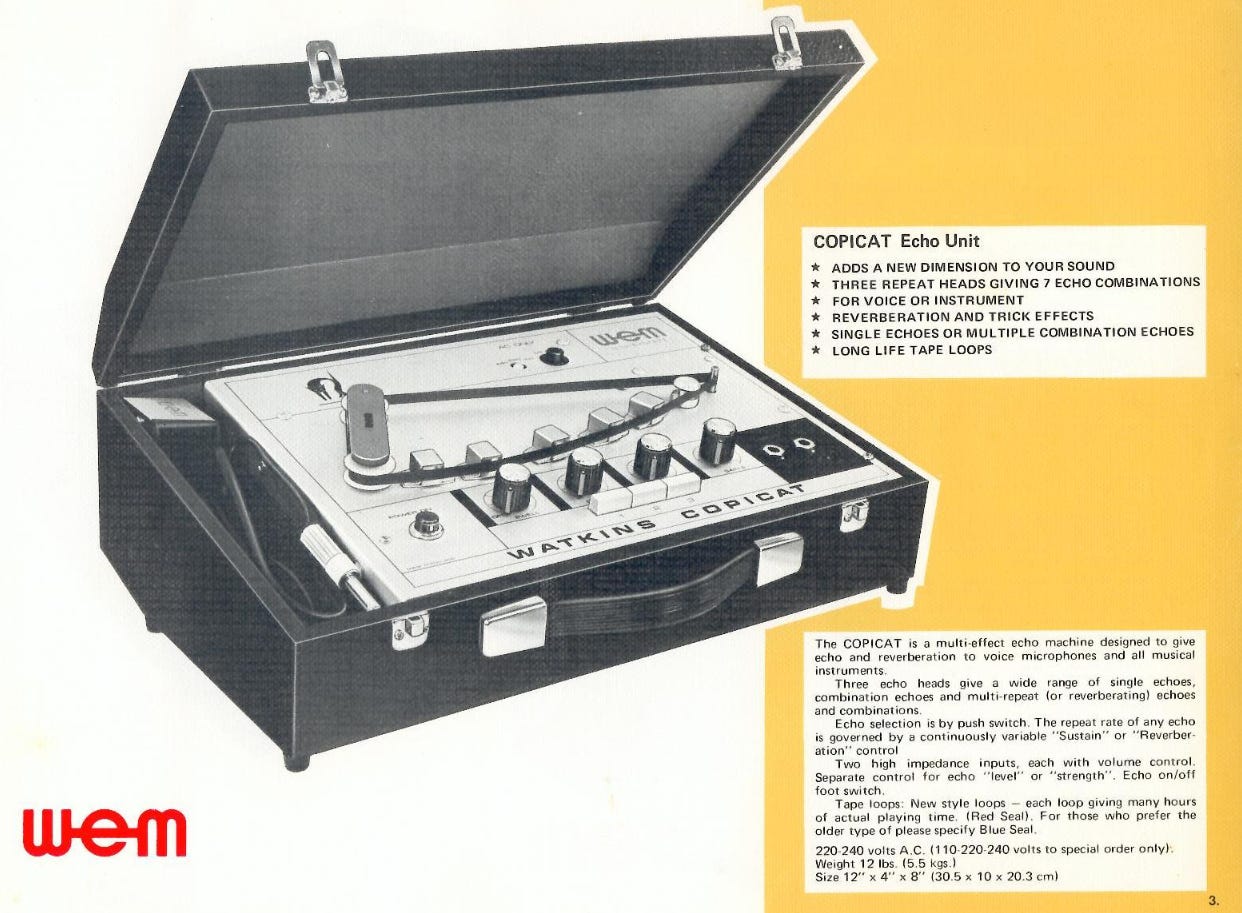Guitar Gavel Lick Of The Week with Keith Amyx- Texas A-slinger
Keith has found the groove, open strings and "hy-bread" pickin' is the theme. Add a little Yoakum, Texas twang while you're at it.
This one would make a great fill or embellish into your style for a longer solo. Enjoy!
In the post WWII accordion boom, Charlie Watkins “made a living” as an accordionist in London, but a man also has to eat so he opened a record store with his brother Reg in 1949, Watkins Electric Music (WEM).
Since his first love was the accordion he also sold a few at his store plus some guitars. As the American folk music scene grew in England during the early 1950s, Charlie had the vision to see the guitar was going to supersede accordions and he began sourcing and distributing guitars from Hopf, a company in West Germany.
Having been a working musician he understood the need for a better guitar amplifier so he set his mind to making that happen and started building his own amplifiers with his brother in 1955.
Both lines of business took off, but their bread and butter was amps, and after firmly establishing WEM as an amplifier company the next focus was building guitars. Watkins wanted to be the first producer of solid body electric guitars in Britain, but legend has it he lost the race by a few days to the Dallas Tuxedo.
The year was 1959, and with Charlie’s brother Reg at the guitar building helm, the Watkins Rapier Deluxe guitar hit the street. A single cutaway guitar with one or two pickups at an affordable price, £20 and £24 respectively.
The body style quickly changed to more of a Stratocaster style and it’s this shape the brand is know for. I’m unsure if the full Rapier line-up in the new body style was offered initially, but the core models were the Rapier 22, 33, and 44, with the numbers corresponding to the number of pickups - 2, 3, or 4.
The Rapier was the U.S. equivalent of a student guitar such as Silvertone or Harmony and similarly, enjoyed success through a British mail order catalog, Bell Musical Instruments. The current prices for a vintage 1960s Watkins guitar are in line with many Silvertone/Harmony models of the same era.
Outside of Britain, WEM is better known for their amplifiers, Copicat tape echo, and pioneering the rock PA system. In 1967 at the National Jazz & Blues Festival, WEM delivered the first 1,000 watt PA system. The “WEM Festival Stack” instantly became notorious and was deployed by many bands, including The Who, Pink Floyd, and Janis Joplin.
Given the success of WEM’s electronics and the fact that Reg was more of a “guitar guy” than Charlie, they began branding the guitar line as Wilson in 1968. Reg and another brother Sid, focused on guitars and Charlie focused on the Watkins audio side of the business. Guitar sales continued under the Wilson name until the late 1970s.
In 1974 Charlie was done. The festival circuit became too laborious and stressful, and the production demands required an unsafe amount of wattage from Charlie’s perspective. Seeing as he accomplished all he felt compelled to do on a large-scale, Charlie sold his factory, shut down the business, and focused on being Charlie. Of course his later-in-life pursuits had to include building accordion amplifiers, but he also continued improving upon and producing various Copicat tape echo’s.





